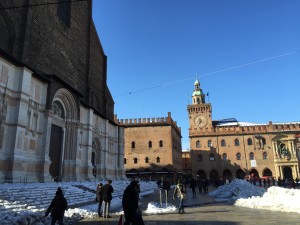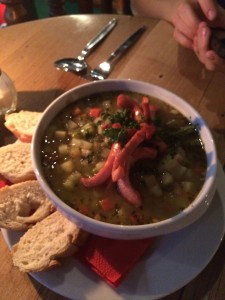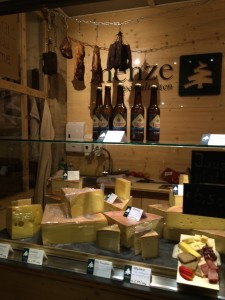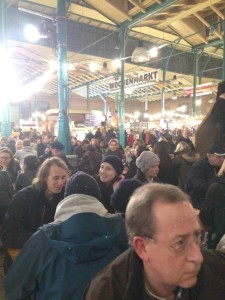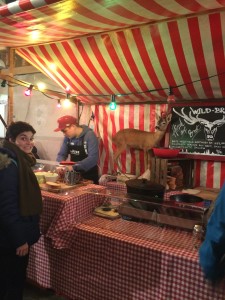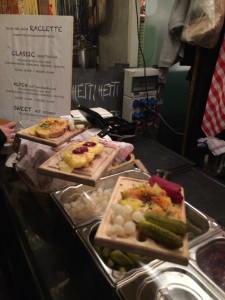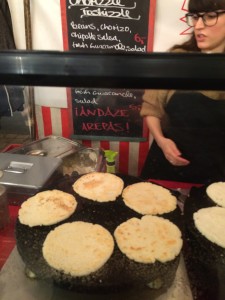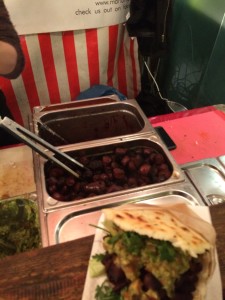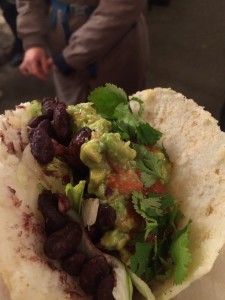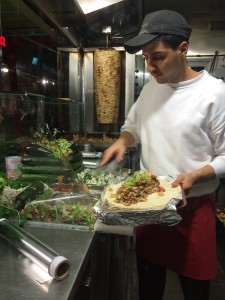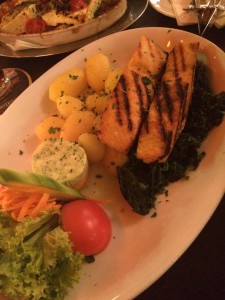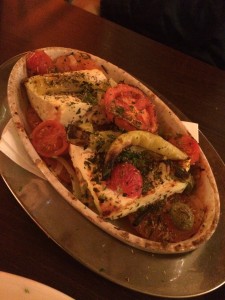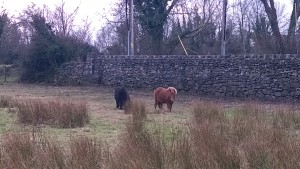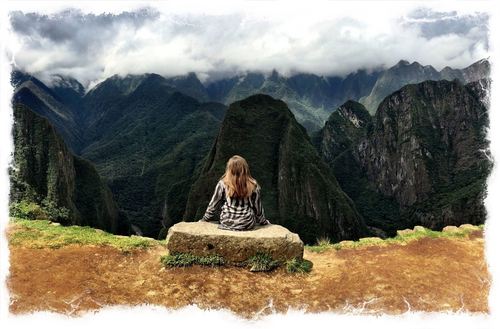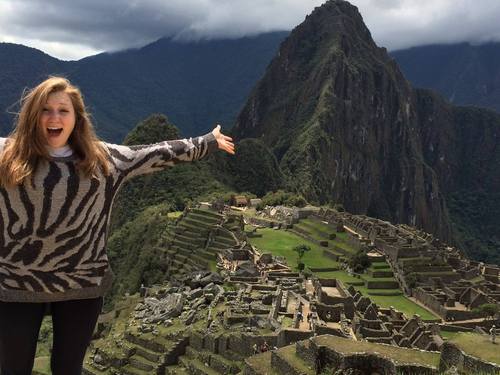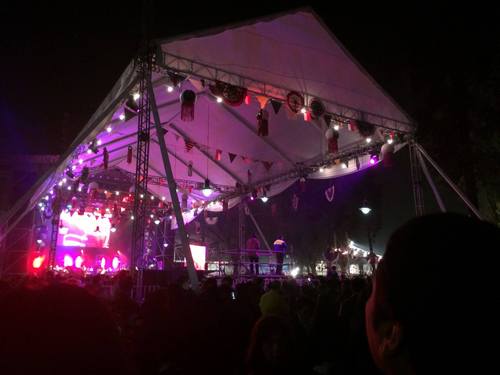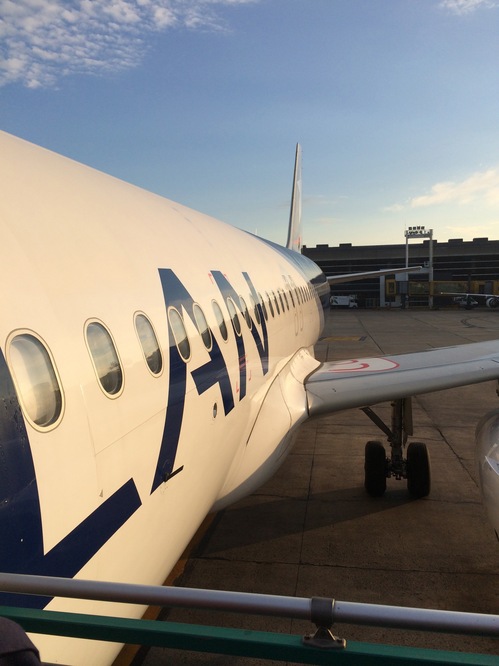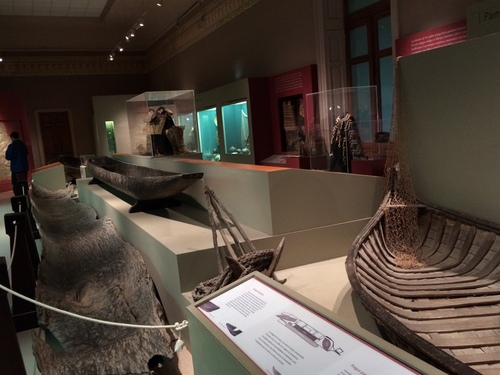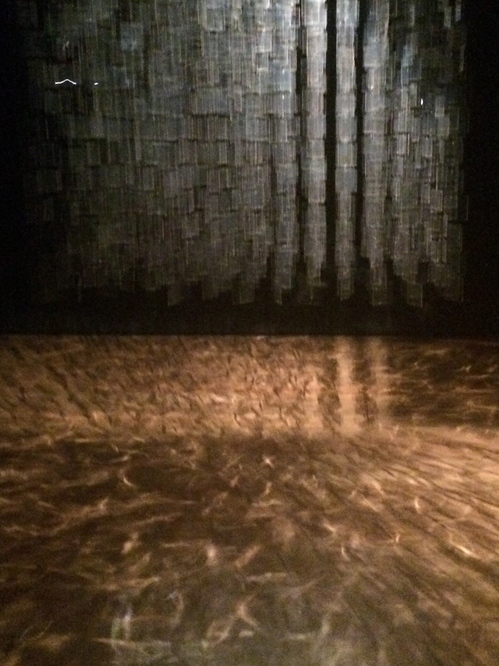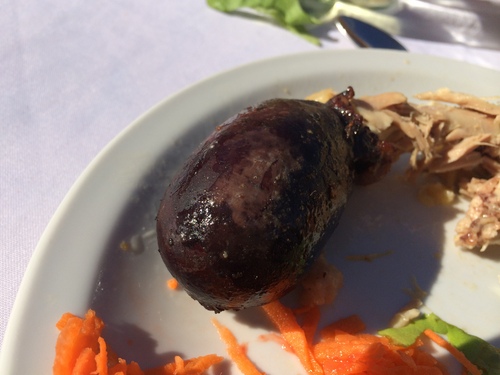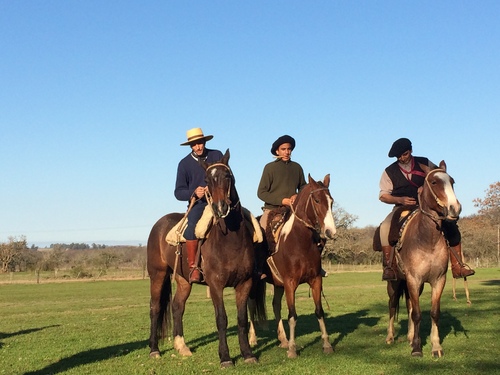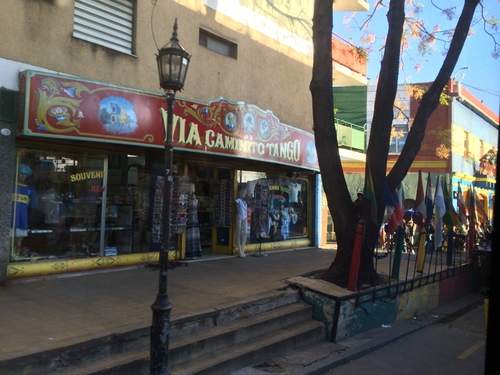It has been almost one month now since I became a part of the city of Rome. In terms of functionality, I can confidently accomplish almost any task that I desire. Whether its navigating through Rome, ordering food at a restaurant, or planning trips throughout the country, I am becoming more and more integrated into this Roman culture. However, I still wish to be more broadly exposed to the culture. People have often referred to the term “American bubble” while studying abroad. This is where we Americans find ourselves content with the new American friends we made and the places we are comfortable with. This is an instance that occurs with all of us and only by being proactive will you be able to escape it.
The first item that is broadening my experience here in Rome is volunteering at a local high school. A group of students and I all are responsible for teaching English to a class of Italian students. Once a week, we show up to class for an hour and teach the students through activities and conversations. Additionally, the students assist us university students with our Italian as well as helping us familiarize ourselves with the area. Just last week, I had my students recommend many places in Rome to go that are not considered touristy or American, but places where actual Italians go to socialize. Additionally, earlier today, the students helped me with my Italian phrases as well as told me what my last name meant in Italian. I am grateful for this opportunity because it is allowing me to see another side of Rome and Italy I would not have been able to see if I had just kept doing what I was doing. I often find in life that having opportunities that make you nervous or uncomfortable are the ones that are the most memorable. I look forward to continuing my semester with these students.
An additional way I broadened my horizons beyond Temple Rome was going to Bologna last weekend. When it comes to touristic cities Americans love to visit, Italy has a whole bunch of them: Rome, Florence, Venice, Pisa, Naples, etc. One name that never comes up is the quaint city of Bologna. Located a bit north of Rome, Bologna is as pure Italian as it comes. While it is similar to many other Italian cities with its churches and piazzas, it has a very different personality. People in Bologna were from Bologna; Italian was the only language spoken. Traveling to Bologna was a great experience for my friends and I. Not only did it allow us to grow closer in the process; it allowed us to be further integrated into Italy’s culture and have a greater appreciation for many of the behaviors we observe back in Rome.
This upcoming weekend I will be traveling to Florence for a school-sponsored excursion. I look forward to seeing what residents of Florence are like and how the city as whole is. I know a lot of people’s focus when traveling abroad is to travel to as many places as possible throughout Europe. Not me. Getting to know Rome and Italia is the real goal for this semester. I want Italia to become a second home of mine. One month in, I would say I am on the right track of reaching my goal.
A presto!
Location: Bologna, Piazza Maggiore, San Petroni


